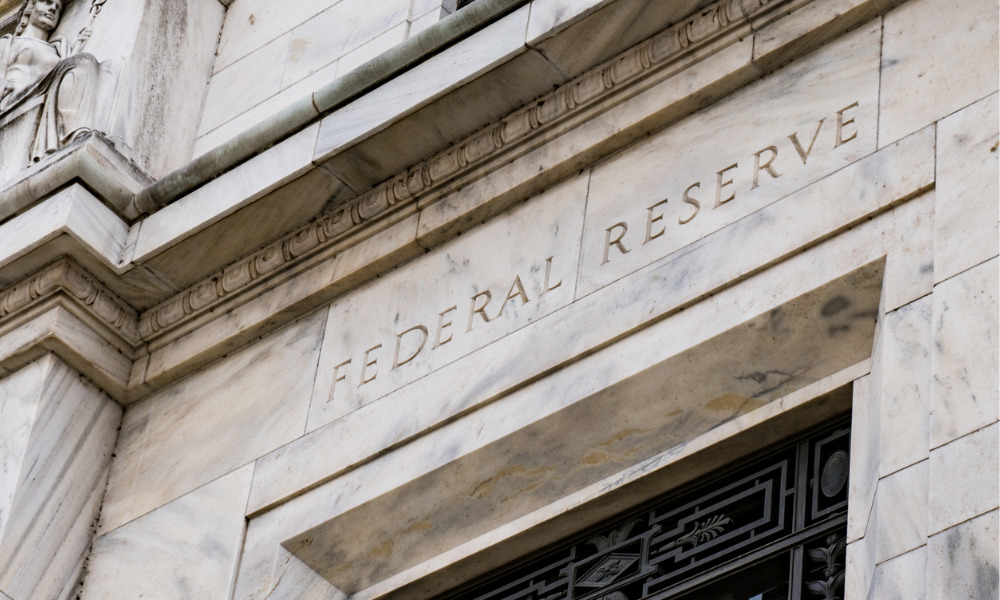Banks borrowed heavily before rate changes, repayment outlook uncertain

Banks, particularly those within the Federal Reserve’s San Francisco district, increased their use of a key lending facility in January, Bloomberg reported.
Banks took advantage of the Federal Reserve’s Bank Term Funding Program’s (BTFP) favorable borrowing terms before the interest rate hike made it less profitable, according to a recent analysis by Wrightson ICAP.
The BTFP was established in 2023 following the collapse of Silicon Valley Bank. Designed to restore confidence in the financial system, it allowed banks and credit unions to borrow funds for up to a year. However, controversy arose as institutions began using the program for arbitrage opportunities, leading the Fed to increase borrowing costs in January.
Wrightson’s analysis of Fed financial statements revealed that from January 1 to January 24—just before the rate hike took effect—the BTFP saw a substantial $38.6 billion increase in usage, rising from a year-end level of $129.2 billion.
Wrightson ICAP economist Lou Crandall explained: “Banks in many districts found the concessionary terms of the program too good to pass up in early January. One-year loans with general collateral requirements and sub-5% rates were an attractive offering.”
Banks within the Federal Reserve’s San Francisco district were the most active borrowers, accounting for $8 billion in BTFP usage growth. The Boston region took out $4 billion in new loans that month, while six other areas experienced more moderate increases of $2 billion to $3 billion.
After the Fed decided to raise interest rates, BTFP borrowing activity declined significantly. In some districts, such as Atlanta and St. Louis, repayments may have surpassed $1 billion.
Additionally, since the facility’s expiration on March 11, approximately $35 billion in loans have been repaid, with declines concentrated in the San Francisco, Dallas, and Minneapolis regions.
Wrightson expects loan repayments to decelerate considerably throughout the second quarter. They estimate no more than $4 billion in BTFP credit to mature in the next two weeks, with an additional $25 billion likely due by June 25. The pace of repayments for the remainder of the year will depend heavily on the Federal Reserve’s interest rate policy.
Read next: MBA chief criticizes Biden’s rent control plan
Deutsche Bank strategists predict balances will reach zero by December, as borrowers may opt to repay loans once the BTFP’s interest rate surpasses the projected interest on reserve balances.
“If the Fed finally begins to cut rates this summer, alternative funding sources will become more attractive, and the pace of early repayments may accelerate,” Crandall told Bloomberg.
Stay updated with the freshest mortgage news. Get exclusive interviews, breaking news, and industry events in your inbox, and always be the first to know by subscribing to our FREE daily newsletter.



